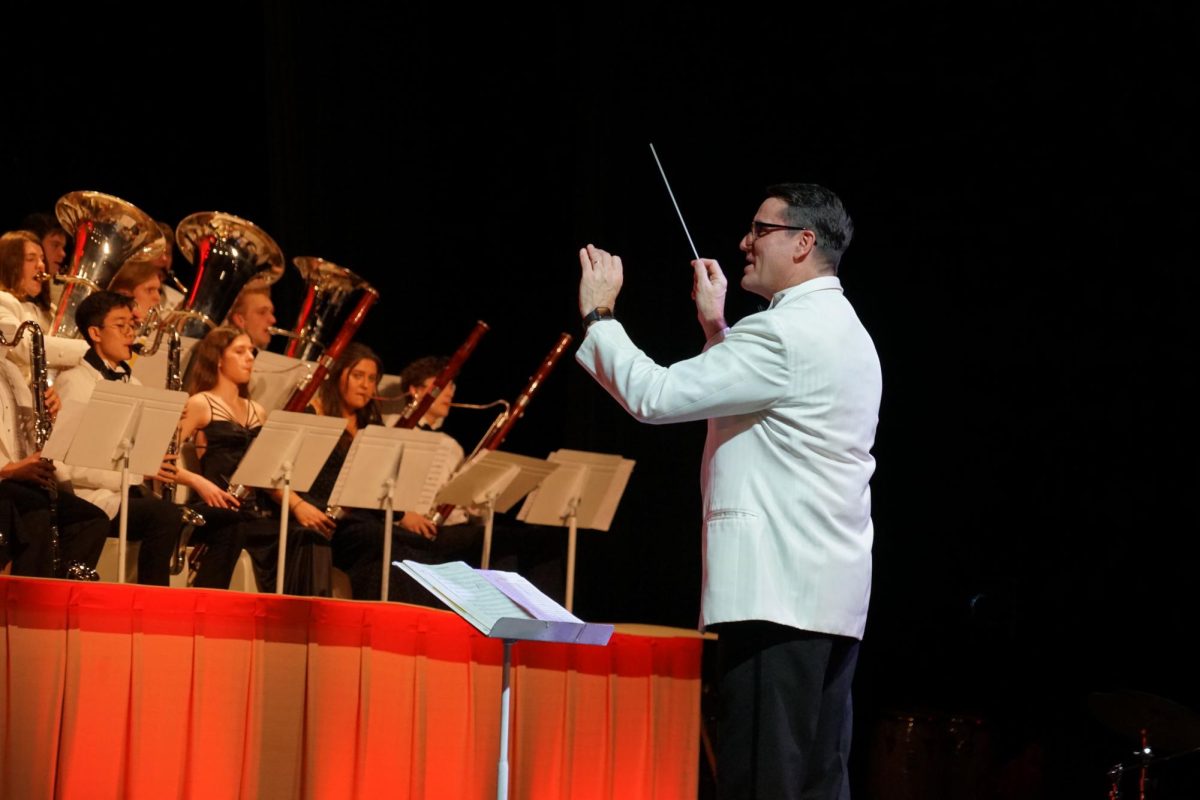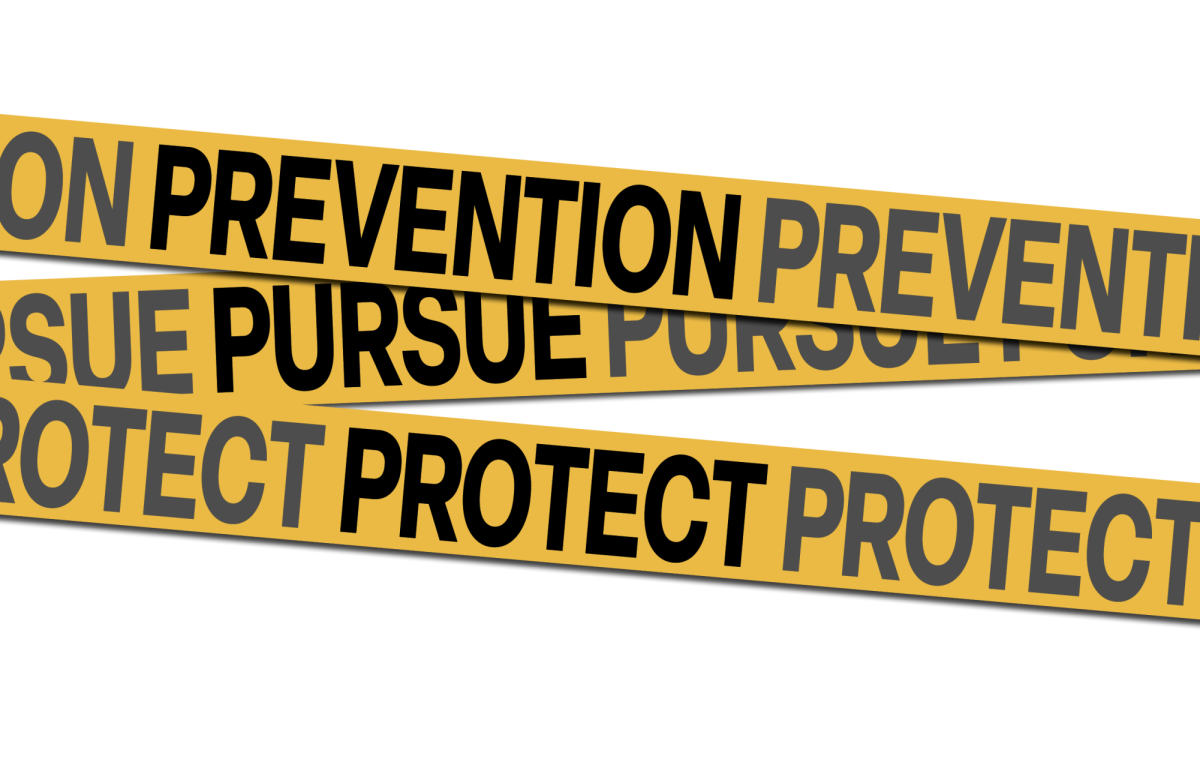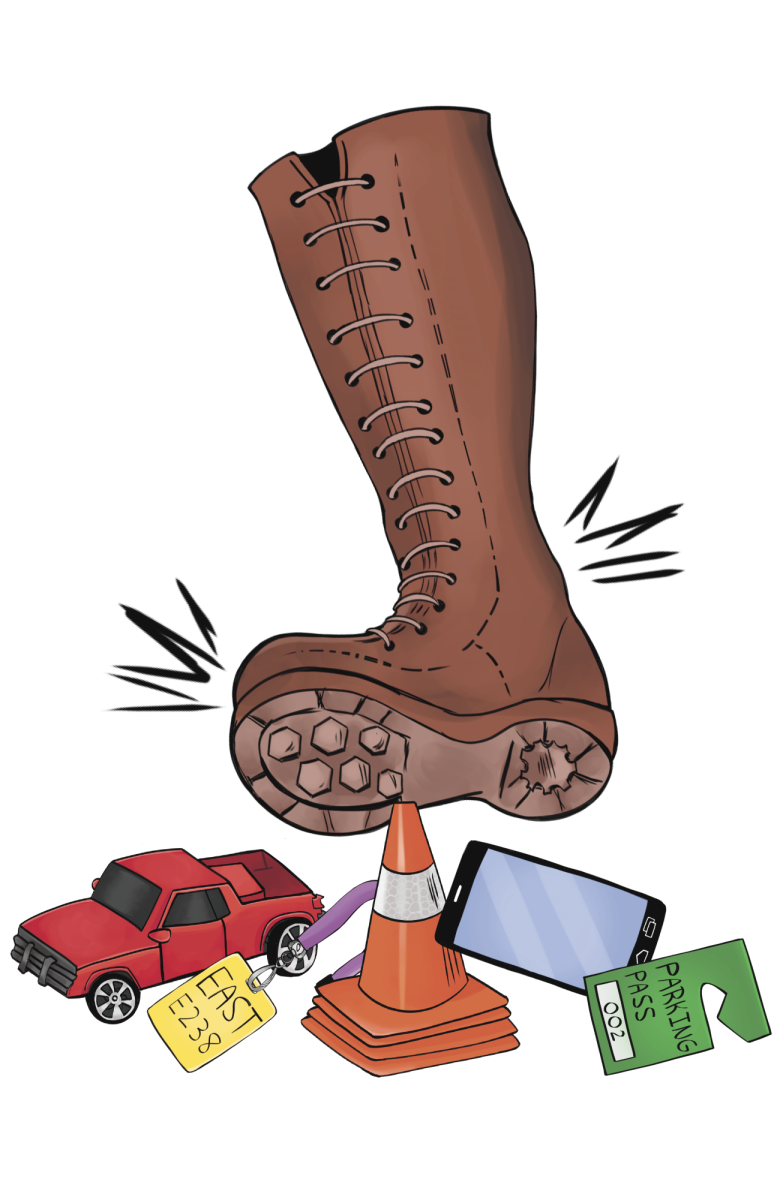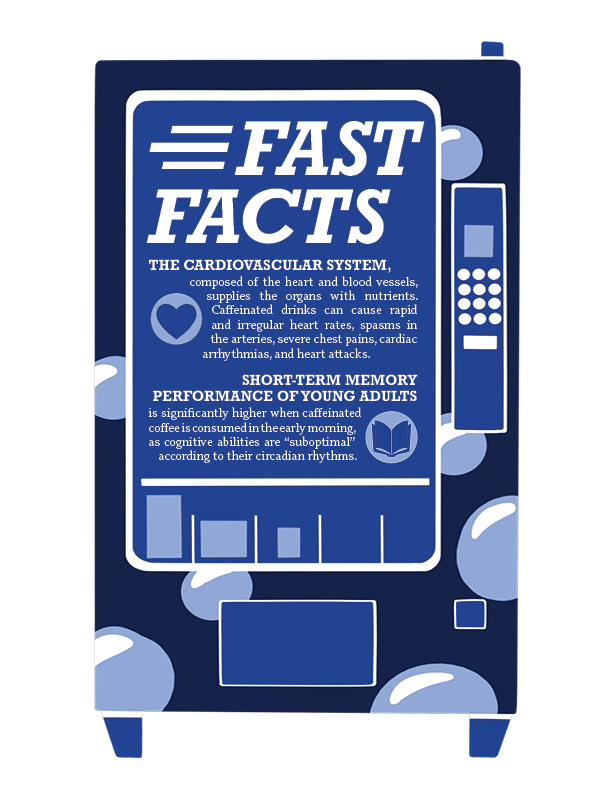Aspects of technology, including AI, social media, and online communities, can be a complex Wonderland where teens can produce creative content, maintain connections with distant friends, build online communities, and access many functional tools. However, it also comes with dark corners of misinformation, substance use, violence, unrealistic standards, and cyberbullying. Social media may also trap teens, with CDC studies showing that adolescents aged 15-16 are most likely to develop an addiction to technology. All in all, these realities raise the question of whether users are only burrowing further down the rabbit hole with each minute of screen time.
Media influences, AI, and other technological aspects have grown more prominent in work, school, relationships, and everyday life, heavily evolving teen life as we know it. By looking deeper into the experiences of others, teens look to navigate the Wonderland of digital influences effectively.
Influencers and widespread misinformation
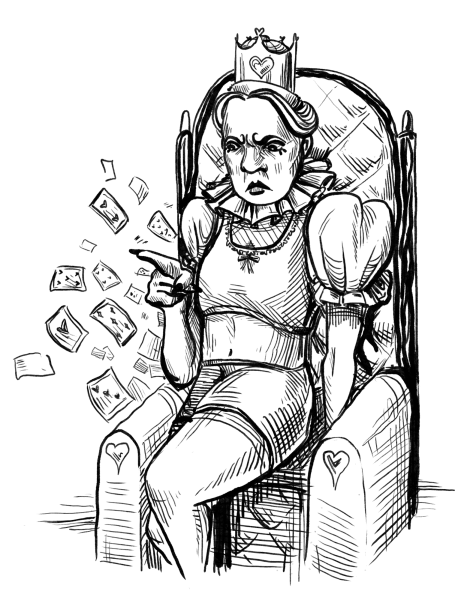
Teens are hit with hundreds of opposing ideas within seconds of opening their phones. “There’s a lot of misinformation out there. It’s so easy to find [resources], but you have to validate it and critically think about the information,” Edina High School Media Specialist Sara Swenson said.
Today, influencers have become prominent on many social media platforms, with many of them offering misinformation in many forms. In politics, celebrities can sway thousands of people toward their political opinions with a single tweet. In wellness, social media patrons can encourage millions to eat bee pollen, sea moss, and green powders, despite having no medical expertise. “[Influencers] themselves aren’t very well aware of what’s true and false, and then they can cause their followers to believe in what they believe,” senior Kathy Quito said. Once teens idolize influencers, they blindly take their advice despite their lack of credibility. “There’s a tendency to see individuals as more perfect than they are,” University of Minnesota Psychology Professor Dr. Liza Meredith added.
Though some influencers can quickly become toxic, others are able to recognize the dangers of social media and stay mindful of their content. Maddi Winter, an Edina High School alum, became a major TikTok influencer after high school but tries to avoid social media toxicity. “I hold myself to a pretty high standard of editing and magic-type content, but my influencer content differs from a classic vlogger. I make an honest effort to be myself, I don’t use a lot of face filters or beauty editing,” Winter said. She admires other influencers who keep their content realistic and hopes that more will adopt a similar approach. “I look up to people who are very real with their content, there’s no editing or making things look better than they actually are in real life. It’s just better to be real,” she said.
As an influencer, Winter stays mindful of her content because she knows she can have a significant impact on her audience. “I feel very responsible for the amount of people that follow me and how big of an impact [I might have]. I know that anything I could put out has potential to do harm, and I think ultimately, it’s [been] responsible for a lot of my perfectionism because I feel like I’m being watched by the entire world,” she said.
Social media: useful but addictive

In the past years, social media has burrowed into almost every teenager’s life, with usage growing exponentially. According to the Centers for Disease Control, teens from 15-18 years of age spend an average of nearly seven and a half hours on screens for entertainment, with 4.8 of these hours being on social media platforms. “I think social media can be a really great tool to keep up with friends, but I do think that it can also be very addictive, draining, and time-wasting,” senior Hadi Kalaaji said.
Despite its positive sides, social media can be a double-edged sword if not used reasonably. “When someone displays addictive behavior to [social media] that it becomes a problem,” Dr. Meredith said. According to a study conducted by the CDC, 66% of teens feel anxious when they do not have access to their phones, and 47% admit to constantly checking their phones. “You plan on being on social media for five minutes, but then that five minutes becomes 10 minutes, and it becomes longer than what you want it to be,” Quito said.
In addition, many social media companies are looking for ways to lure teenagers in. In fact, social media companies make a profit by fostering teen addiction to their apps. “The revenues generated by social media companies are directly tied to the amount of time that users spend on the platform. More users spending more time equals more money,” attorney Ronald V. Miller said.
Efforts to maintain teens’ attention spans can be so precise that they are practically unnoticeable. “[The documentary ‘The Social Dilemma’] shows how robots can see me viewing something on social media, maybe an ad or something in my feed, and if I look at it for more than a few seconds, they notice that and then my feed starts to change,” Swenson said. These small tactics can feed social media addiction by constantly providing teens with new information to focus on.
Swenson believes that the only way to break this cycle of addiction is to recognize the sources of the behavior itself. “You will feel duct-taped [to the screen] unless you’re aware of how much they’re paying attention [to you] and how much information they’re pushing at you,” Swenson said.
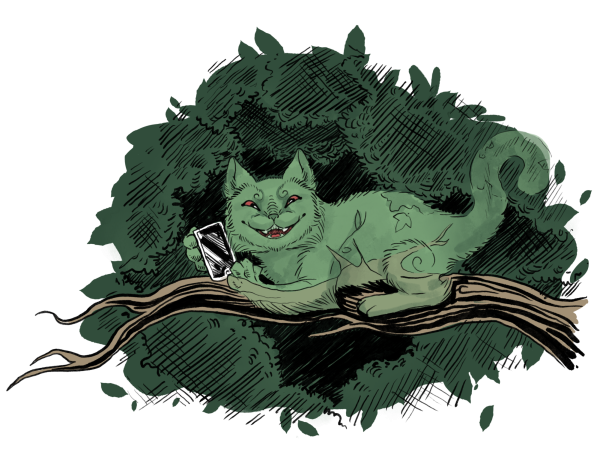
Despite these negative effects, many believe that the good and bad aspects of social media balance out. “I don’t think that [social media] is directly good or bad. I think it’s kind of unfair for people to argue that it’s the cause of a lot of different problems with mental health and other things like that,” sophomore Paige Zweber said. “I dug into the research, and the best study that I could find said that…[social media] usually only has a small impact [on mental health]. So if it is impacting mental health, it’s not as influential as headlines make it sound like it is, and we shouldn’t just assume it’s the main thing impacting people’s mental health.”
Online communities and genuine relationships

Online communities (namely fandoms, learning communities, and online religious groups) have fostered further connections between teens, and many of them have become more and more prominent since the COVID-19 pandemic. “I have met some really good friends on TikTok. It just is a matter of knowing that they are who they say they are,” Winter said.
In some ways, online communities have also reduced the prominence of mental health stigmas. This reduction is the result of an increase in mental health resources online and a newfound openness regarding mental health struggles on social media. “Technology has opened people up to mental health in ways that other generations haven’t experienced,” Meredith said. “Because of a greater awareness, more people are talking about going to therapy or working on their mental health.”
Though online communities can build adolescent social circles, they may not function the same as face-to-face connections. “I think that they can be used as tools to build in-person relationships. But I don’t think that they can replace them necessarily,” Kalaaji said.
Catfishing statistics in the United States can further highlight the dangers of online communication. According to a survey conducted by the Crisis Prevention Institute, one in four teens have reported being catfished online. “[Online relationships] have the potential to be good, but not when you don’t know who’s behind the screen,” Winter said.
In addition, even when teens know who they are communicating with online, many online relationships are still questionable. “In a true friendship you shouldn’t need to rely on content and pictures to maintain a bond,” Nelson said. Swenson suggested that teens stay mindful of the unreliability of most online friendships, and maintain strong in-person relationships instead. “They talk about loneliness in our society right now, and sometimes you wonder, ‘Are you alone?’ Well, maybe you have friends on your phone, but they’re not [your friend] in real life.” Swenson said.
Glamorization of substance use, violence, and vandalism

Teen drug use is climbing like never before, and the influences of social media may be a contributor to its growth. According to the National Center for Drug Abuse Statistics, marijuana use among high school students has increased 245% over the last 20 years. In addition, 62% of 12th-graders admit to drinking alcohol sometime in the past year, compared to 47% in 2020. With the glamorization of substance use, weapons, violence, and vandalism on social media platforms, climbing teen drug use statistics have followed. “It influences younger people to partake in [substance use] because the images and content posted makes it seem ‘cool,’” Nelson said.
Additionally, TikTok trends have prompted hundreds of thousands of teens to vandalize school property, bring weapons to school, or behave in other violent manners. One year ago, millions of students stole toilets from their school bathrooms after a trend on TikTok known as ‘devious licks’ normalized the practice. “[Teens] thought it was harmless and fun, but stealing school property can really mess up someone’s future,” Kalaaji said.
Unfortunately, swaying teens toward trendy influences has become effortless for media companies due to teens’ still-developing moral conscience. “Adolescents’ frontal lobe [of their brain] is still developing, and the frontal lobe doesn’t fully develop until age 25. That area of the brain allows you to think and reason in more complex ways,” Meredith said. As a result, many teens fail to recognize the dangers of their actions when they partake in digital trends.
Fostering unrealistic standards

Social media often fosters unrealistic standards by serving as a highlight reel for people to post their greatest successes. “Everyone’s putting their best self on social media,” Kalaaji said. According to studies conducted by the University of Pennsylvania, when teens open social media and see images of people they deem flawless, they are at risk for higher levels of anxiety, which can lead to insomnia, depression, and physical tension. “[Social media] has definitely accentuated perfectionism in a bad way, and [prompted] comparisons to other people, their lifestyles, and body image,” Winter said.
Social media can prompt a cycle of comparison, shame, and depression in younger audiences, as they often struggle to recognize the falseness behind the screen. “As time goes on, [social media] gets more and more photoshopped and edited. It’s not beneficial at all to the younger audiences,” Winter said.
Social media can be extremely harmful to teen body image, and in certain cases, it has prompted the growth of eating disorders. According to a study conducted by the National Library of Medicine, after being exposed to media influences, 44% of surveyed adolescent girls believed they were overweight, and 60% were actively trying to lose weight even though the majority of them were within normal weight ranges. “You can see somebody and [think] ‘I just want their life and I just want [to look] how they look,’” Nelson said.
In addition, social media can set unrealistic standards regarding teen friendships, popularity, and social life. Teens can scroll through thousands of photos of friend groups, social events, and people who look like they have it all together when they open social media. This can prompt emotional responses in the brain, including the amygdala, which activates a fear response when a person finds themself excluded. As a result, social media prompts immense anxiety in teens and builds on the pressures that they experience. “We’re very sensitive to cues of being rejected, and physical rejection is interpreted to be just as painful as physical pain by the brain,” Meredith said.
To combat these adverse effects, many teens try to stay mindful of what they take in online. “Make an effort to unfollow everyone who makes you feel bad about yourself,” Winter said. In addition, practicing self-confidence and recognizing social media’s falseness can help students maintain a positive mental state online. “One way to combat [comparison] is knowing your own self-worth,” Nelson said. “I always remind myself they’re probably wearing filters and it’s not natural,” Quito added.
This piece was originally published in Zephyrus’ print edition on November 30, 2023.


